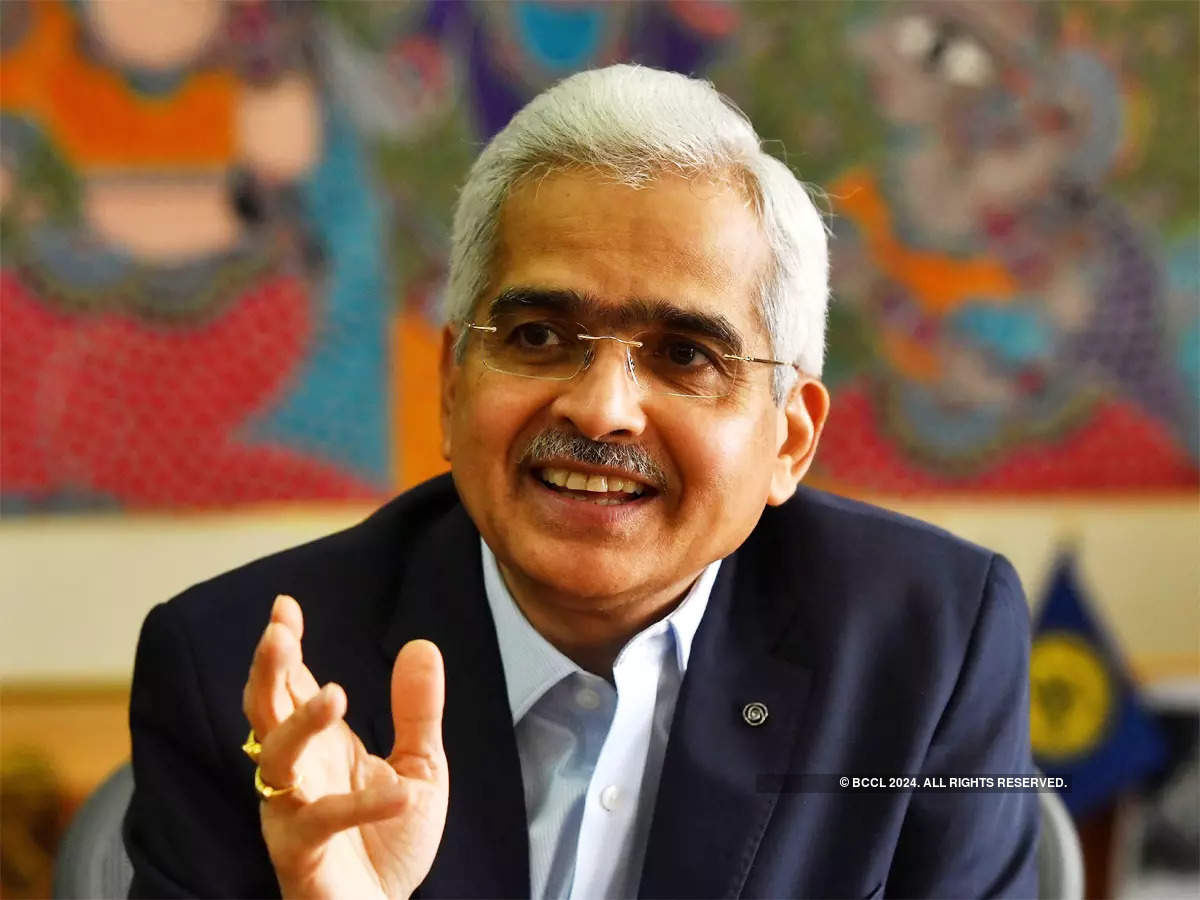While in the financial year 2024, India has witnessed many impactful events like geopolitical tensions worldwide, central banks globally hiking rates, the IPO boom, important M&A deals and much more, the Indian Central Bank has been quite active on the policy front.
FY24 has been a highly active year, especially for the regulators, and throughout this financial year, the Reserve Bank of India has taken many key decisions in favour of the Indian Economy.
Let’s have a quick recap into some of the most important decisions taken by the Apex Bank :
1) RBI’s FLDG Framework
With increasing number of digital loan frauds, consumer harassment, exploitation of data, etc, the Reserve Bank of India in FY22 resorted to bring out strict guidelines for lenders to follow, to help curb frauds in the ecosystem followed by the introduction of First Loss Default Guarantee (FLDG) framework which helps fintechs to partner with banks and NBFCs and is a step ahead to strengthen the digital lending ecosystem.
The announcement was made during second bi-monthly monetary policy outcomes. The FLDG scheme allows Indian fintechs to partner with banks and NBFCs. This decision is seen as a big positive for data-tech NBFCs and fintechs.
ALSO READ: BFSI Year Ender 2023: Five RBI game-changing moves that revolutionised fintech sector this year
In its circular, RBI said, “arrangements between Regulated Entities (REs) and Lending Service Providers (LSPs) or between two REs involving default loss guarantee (DLG), commonly known as FLDG, has since been examined by the Bank and it has been decided to permit such arrangements subject to the guidelines laid down.”
Under the framework, RBI directed that RE shall ensure that the total amount of DLG cover on any outstanding portfolio which is specified upfront shall not exceed 5 per cent of the amount of that loan portfolio.

2) RBI’s Rs 2000 note ban directive
The Reserve Bank of India had issued a directive on May 19, 2023 which removed Rs 2,000 banknotes from circulation and gave the public time until 30th September to exchange or deposit them. However, the date had been extended later to October 7.
RBI Governor Shaktikanta Das had said 96 per cent of the Rs 2,000 denomination notes being withdrawn have returned as deposits into banks while the rest has been exchanged across counters.
“According to the data received from banks, of the total value of Rs 3.56 lakh crore of Rs 2,000 banknotes in circulation as on May 19, 2023, Rs 3.42 lakh crore has been received back leaving only Rs 0.14 lakh crore in circulation as at the close of business on September 29, 2023. Thus, 96 per cent of the Rs 2,000 banknotes in circulation as on May 19, 2023 has since been returned ” the RBI said in a circular.
On October 7, both deposit and exchange services at bank branches were discontinued. Banks were asked not to accept Rs 2,000 notes from October 8, but that the notes would continue to be considered as a legal tender.
3) CBDC UPI interoperability
National Payments Corporation of India (NPCI) had launched UPI in 2016 which has been a huge success in India’s digital payments landscape while RBI launched CBDC pilot in wholesale and retain in November and December, respectively. In a game changing move, RBI introduced the interoperability feature in CBDCs with UPI, where users can pay using CBDC through UPI QR codes of banks who have enabled the CBDC UPI interoperability feature.
RBI Deputy Governor T Rabi Sankar had mentioned about the feature a month before it being introduced by banks like HDFC, SBI, YES Bank, Bank of Baroda, Canara Bank, PNB and more.
“The plan is to have 1 million customers by the end of June. The second thing that we are planning is to make its QR code inter-operable with UPI,” Sankar had said during the June monetary policy press conference.
4) RBI’s frictionless credit platform
The Reserve Bank of India launched a pilot project in the form of a “Public Tech Platform for Frictionless Credit” in August 17, 2023. The move seeked to give digital information to lenders to expedite access to credit or loans. The pilot had been extended to four more states — Maharashtra, Uttar Pradesh, Karnataka, Gujarat (for dairy farmers) from August 17 this year.
The announcement was first made when the central banking regulator enumerated developmental and regulatory policies following the conclusion of the Monetary Policy Committee (MPC) meeting on August 14.
RBI stated that the platform is meant to be rolled out as a pilot project in a measured way, both in terms of access to information providers and use cases. The platform will help to disburse loans quicker. The public tech platform will facilitate linkages with services such as Aadhaar e-KYC, PAN validation, Aadhaar e-signing, account aggregation and house/property search data, among other things.
RBI’s project is designed to smoothen Kisan Credit Card lending by automating various processes within the banks and integrating their systems with service providers.

5) RBI’s monetary policy decisions in FY24
While the RBI had raised repo rates by a total of 290 basis points in financial year 2022-23, it raised the rates by only 25 basis points in 2023, in the month of February, post which the repo rates remained unchanged in every monetary policy meeting. For a consecutive six times (April, June, August, October, December, February) the Reserve Bank has kept the repo rate unchanged at 6.5 per cent.
Besides the repo rate hikes, the RBI has made significant announcements in every policy meeting on UPI, bank liquidity, frictionless credit, MSMEs, etc.











